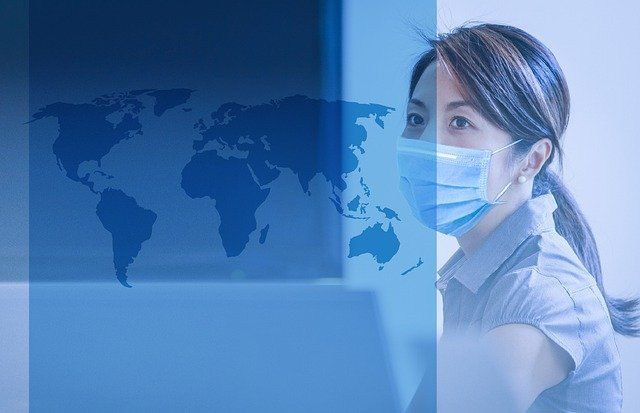Reviewing Past Infection Rates for COVID-19 Risk in Healthcare Workers
Investigators compare infection rates among heathcare workers throughout different coronavirus epidemics, including SARS, COVID-19, and MERS.

Healthcare workers are at high risk of infection from coronavirus 2019 (COVID-19), according to a review of the literature from current and past coronavirus epidemics published in the Annals of Internal Medicine.
Investigators from Oregon Health & Science University reviewed existing literature in order to evaluate how coronavirus diseases, including SARS-CoV-1 and -2, and MERS weigh on health care workers. The team searched through the World Health Organization (WHO) Database of Publications on Coronavirus Disease among other electronic databases and found 64 studies that met inclusion criteria.
Because of the limited knowledge base about COVID-19, the investigators decided to include SARS and MERS.
The study authors also said that their report will be used by the WHO to help develop evidence-based guidance. As this is a living review, the study authors noted that new evidence that doesn’t alter their conclusions will be summarized monthly. When new evidence changes their conclusions, they plan to provide a major update.
The first question the investigators set out to answer was “What is the burden of these coronaviruses on health care workers, and how do they vary based on age, sex, and/or presence of comorbidities?”
A study that looked at COVID-19 found that infection was present in 6.4% of health care workers in The Netherlands; a much smaller study in China reported COVID-19 incidence was 38.9%. A pair of studies were split on health care worker makeup of infections: one found that one-third were nurses and two-thirds were doctors, but the other study found the opposite, investigators found.
For SARS-CoV-1, exposed or potentially exposed health care workers ranged between 0.3% to 40% across 6 studies, the study authors said, while incidence ranged from 1.2% to 29.4% in 14 studies. However, they noted that the report of 29.4% incidence occurred in a Vietnam hospital without an isolation ward present.
Regarding risk factors for healthcare worker infections with coronaviruses, investigators highlighted working in a high-risk department versus a general department, subpar handwashing before or after patient care, longer work hours, and having a diagnosed family member.
Studies also examined the effects of improper use of personal protective equipment (PPE), such as N95 respirator masks versus surgical masks. The study had serious limitations and it was not possible to draw a conclusion, investigators wrote.
There did not seem to be an association between age and risk for SARS-CoV-1, investigators wrote. There also seemed to be no difference in risk among clinical versus nonclinical or nurses versus physicians.
While 2 studies determined there was no association between presence of comorbidities and SARS-CoV-1 infection, another found that history of diabetes was associated with increased risk—but it was not an independent predictor.
The clearest lines were drawn between the use of masks and decreased infection risks, they wrote. Most studies showed that use of gloves, gowns, eye protection, and shoe covers were linked with decreased risk for SARS-CoV-1 infection in health care workers.
On the topic of risk factors for household transmission among healthcare workers, investigators noted none of the studies they reviewed had evaluated risk factors for transmission throughout a household or other close contacts in SARS, COVID-19, or MERS.
“Health care workers account for a significant proportion of infections in these outbreaks,” investigators wrote. “Exposed health care workers may experience a high incidence of infections, particularly for unprotected and repeated exposures, though they appear to experience less severe illness and mortality than non-health care workers, possibly related to younger age and fewer comorbid conditions.”
They concluded that PPE use and infection control training are both associated with decreased infection risk, though further research is needed for optimal methods that reduce healthcare responder risk to SARS-CoV-2 infection.
